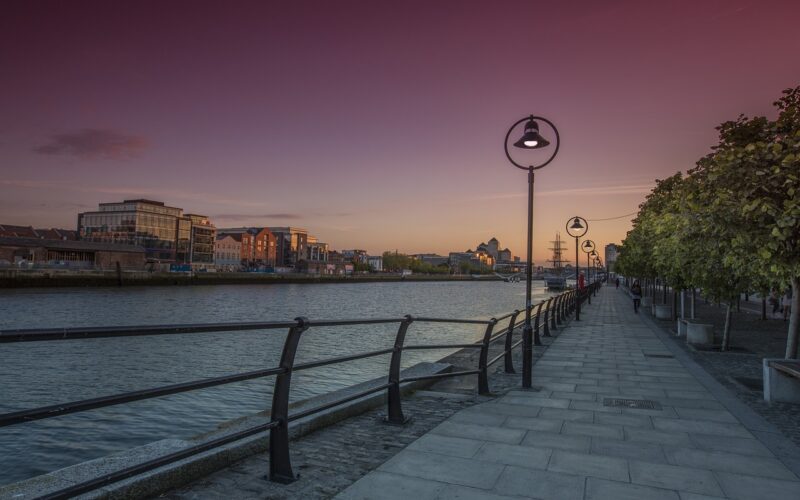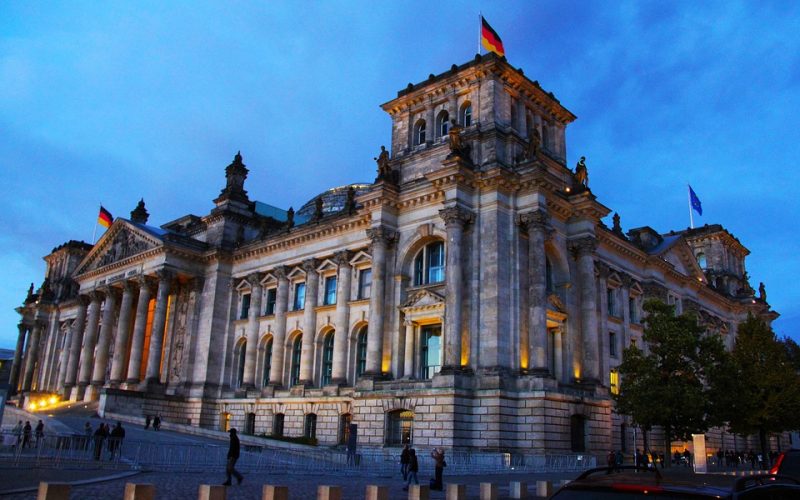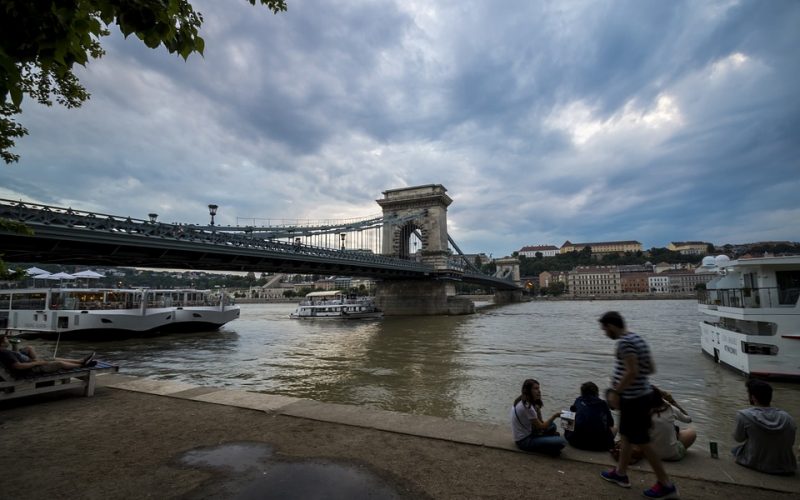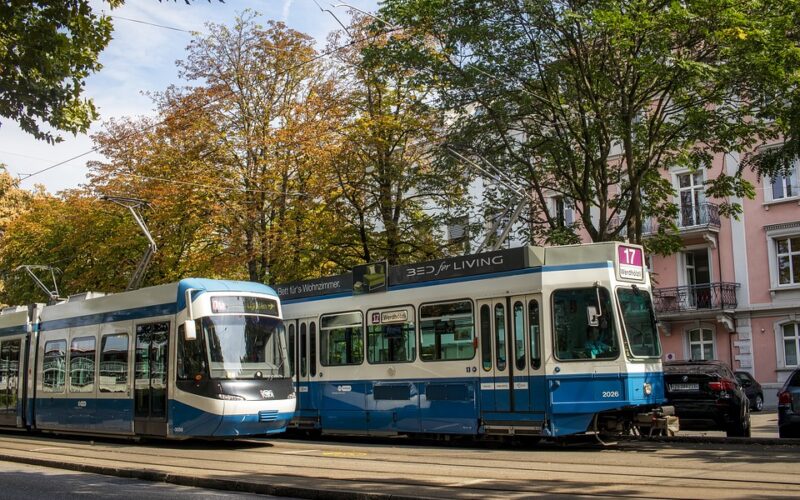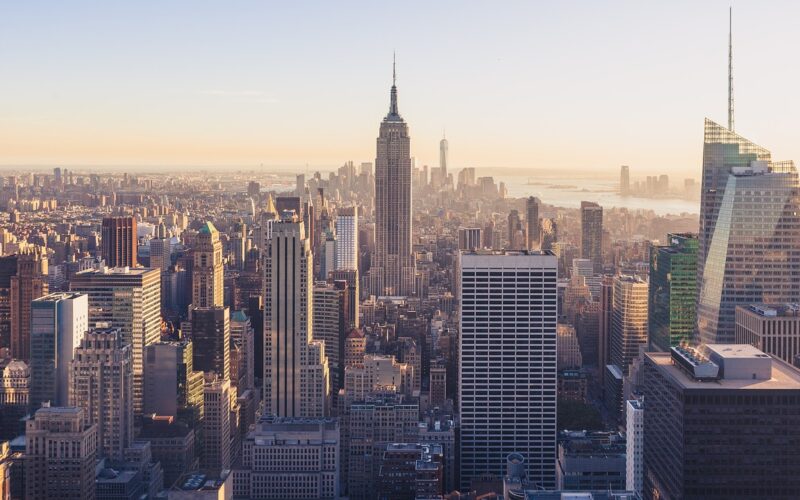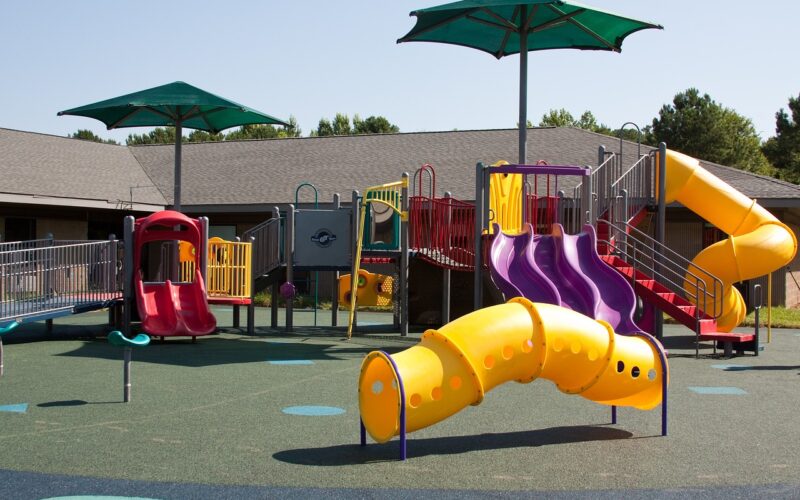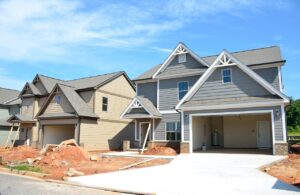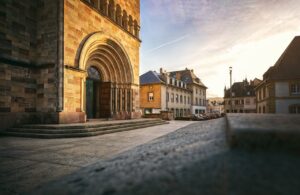Creating an inviting urban space is essential for cultivating community and enhancing the quality of life in cities. The soul of an urban area lies in how it invites its inhabitants to live, work, play, and connect within it.
Accessibility and connectivity
A great urban space is highly accessible and well-connected to other parts of the city. It should serve as a hub that facilitates easy movement, whether by foot, bicycle, public transport, or car. Accessible spaces welcome people from all walks of life, providing ramps and smooth pathways for wheelchairs and strollers, and clear signage for navigation. The connectivity also implies the presence of efficient transit systems that link people to their homes, workplaces, and recreational areas with ease.
Safety and security
Safety is paramount in making an urban space feel great. People should feel secure at any time of the day or night, which can be achieved through good lighting, visible security presence, and thoughtful urban design that promotes activity and visibility. Spaces that encourage natural surveillance, where people's presence deters unwanted behaviour, are vital for a secure urban environment.
Greenery and sustainability
Incorporating nature into urban spaces provides a respite from the concrete jungle, improves air quality, and bolsters mental well-being. A sustainable design with green spaces, like parks and community gardens, encourages biodiversity and helps manage urban heat. Great urban spaces not only serve the current population but are also designed with sustainability in mind to be enjoyed by future generations.
Social interaction and community building
The essence of urban spaces is their ability to foster social interaction and build communities. This is achieved through public seating, open areas for gatherings, and elements such as water features or public art that become focal points for interaction. A great urban space is inclusive, offering free or low-cost amenities that enable everyone in the community to come together.
Cultural and historical significance
Urban spaces that resonate with people often have cultural or historical significance that adds depth to their experience. Preserving historical landmarks and supporting cultural activities enriches the identity of the space and provides a unique experience that can’t be replicated elsewhere. These elements give people a sense of pride in their local communities and cities.
Versatility and dynamism
A great urban space is versatile and dynamic; it can adapt to different events, weather conditions, and the evolving needs of its users. It could host a farmers’ market on the weekend, a concert at night, and be a peaceful spot for lunch during the weekday. The design of such spaces is intentional yet flexible, accommodating a wide range of activities and uses throughout the year.
In conclusion, great urban spaces are more than just the sum of their parts. They are complex ecosystems that require careful planning and vigilant maintenance. When these spaces are designed and managed properly, they become invaluable assets that enhance the liveability and character of a city.
